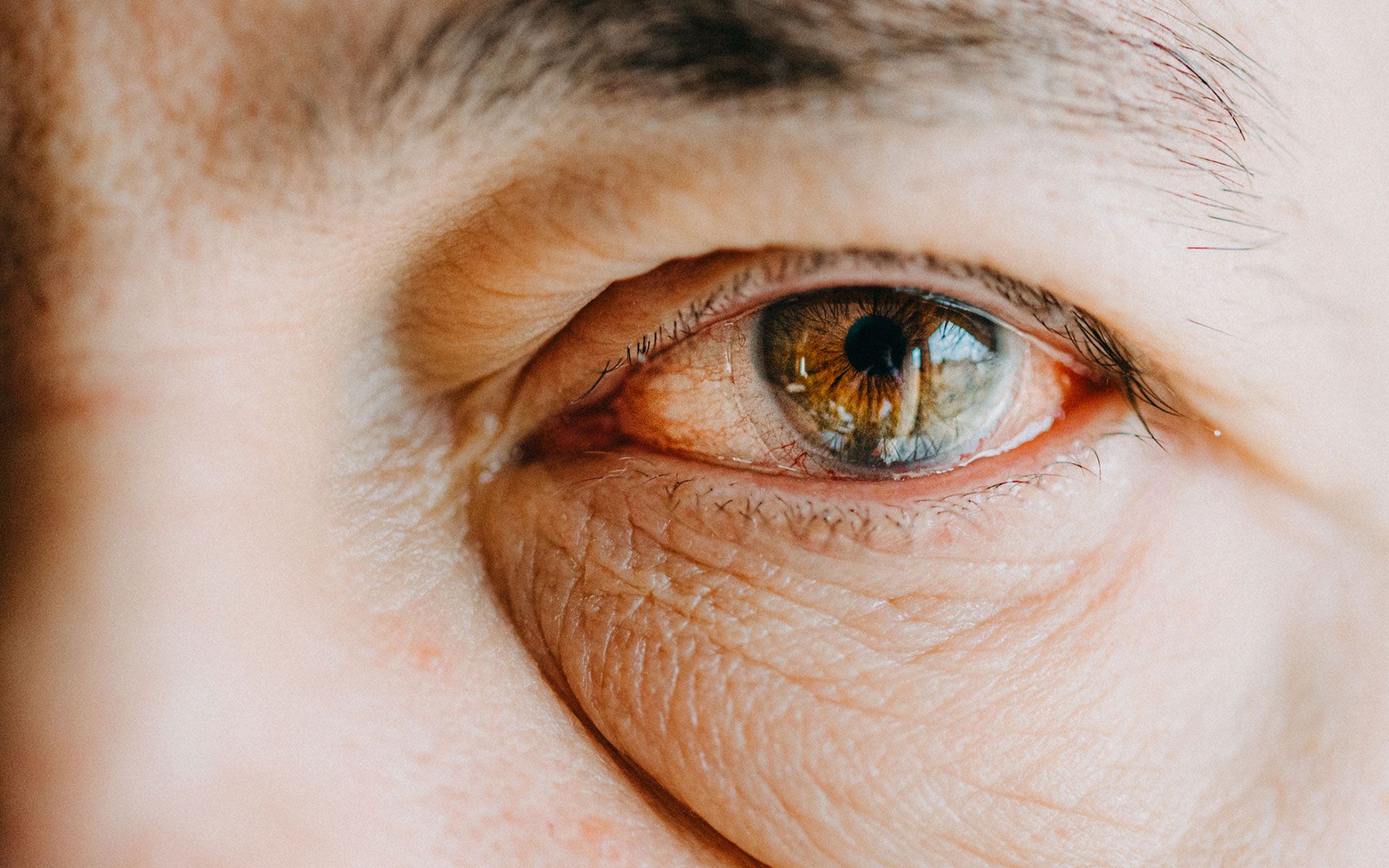Recognizing and Managing Common Eye Diseases
Early Detection Leads to Better Vision Outcomes
At Eye Associates of South GA in Valdosta, Georgia, we believe that knowledge is the first step toward better eye health. Many eye diseases progress gradually, often without noticeable symptoms, until they compromise vision. That’s why it’s crucial to understand the most common eye conditions, how they affect your eyes, and what steps you can take to detect and manage them early.
Whether you’re already managing a condition or simply staying proactive about your eye care, our board-certified ophthalmologist and experienced team are here to provide compassionate, personalized treatment at every stage.
📞 Call
229-247-4114 to schedule your eye exam or consultation.
Common Eye Diseases We Diagnose and Treat
The eye is a delicate, complex organ. A wide range of diseases can affect its structure and function. Below is an overview of some of the most common eye diseases we encounter, with information about symptoms, causes, and treatment options.
Acanthamoeba Keratitis
Though rare, Acanthamoeba keratitis is a serious and potentially vision-threatening infection, especially for contact lens wearers. It is caused by a microscopic organism commonly found in water and soil. Co-infections with bacterial keratitis can complicate diagnosis and treatment, making expert care essential.
Blepharitis
Blepharitis is inflammation of the eyelids and lashes, often presenting with redness, irritation, and flaky buildup. It’s commonly caused by bacteria or skin conditions such as dandruff or rosacea. While not contagious, it requires consistent hygiene and sometimes medication to manage chronic flare-ups.
Cataracts
Cataracts are clouded areas in the lens of the eye that develop slowly, typically due to aging. They can cause blurred vision, light sensitivity, and difficulty seeing at night. Cataract surgery, especially with advanced lens implants, is one of the safest and most effective procedures available today—and one of our specialties.
Conjunctivitis (Pink Eye)
This inflammation of the conjunctiva (the clear tissue covering the white of the eye) can be caused by infections, allergies, or irritants like chlorine. Symptoms often include redness, itching, and discharge. Infectious conjunctivitis is highly contagious, while allergic and chemical types are not.
Diabetic Retinopathy
A complication of diabetes, this condition damages the small blood vessels in the retina and can lead to vision loss if untreated. Patients with diabetes should have regular dilated eye exams to detect early signs and prevent complications.
Dry Eye Syndrome
Dry eye occurs when the eyes don’t produce enough quality tears to stay properly lubricated. It can cause burning, redness, and blurred vision. Environmental factors, medications, and aging can contribute. We offer comprehensive dry eye evaluations and customized treatment plans, including prescription eye drops and lifestyle adjustments.
Glaucoma
Known as the “silent thief of sight,” glaucoma involves elevated pressure inside the eye that can damage the optic nerve over time. Because it often has no symptoms until advanced stages, regular eye exams are crucial for early detection. We offer screening, pressure monitoring, and medical or surgical treatment options.
Keratoconus
This progressive condition causes the normally round cornea to thin and bulge into a cone shape, distorting vision. Early stages may be corrected with glasses or contacts, while advanced cases might require specialized lenses or surgical intervention such as corneal cross-linking or transplants.
Macular Degeneration
The leading cause of vision loss in Americans over 60, macular degeneration affects central vision and the ability to read or recognize faces. While the dry form progresses slowly, the wet form can cause rapid vision loss if untreated. Early diagnosis is key to preserving vision.
Ocular Hypertension
This refers to higher-than-normal pressure in the eye without any detected nerve damage or vision loss—yet. Ocular hypertension increases your risk for developing glaucoma and should be monitored closely through regular exams and pressure checks.
Retinitis Pigmentosa
An inherited condition, retinitis pigmentosa gradually damages the retina’s rods and cones, beginning with night blindness and progressing to tunnel vision. While there’s currently no cure, early diagnosis can help patients make lifestyle and visual adaptations.
Retinoblastoma
A rare but serious form of eye cancer in children, retinoblastoma typically presents in infants and toddlers. Signs include a white reflex in the pupil (often seen in flash photos) and eye misalignment. Early detection dramatically improves treatment success and long-term outcomes.
Early Warning Signs You Shouldn’t Ignore
While not every eye disease shows obvious symptoms, here are signs that should prompt a professional evaluation:
If you notice any of these symptoms, don’t wait—early detection and timely care can protect your vision.
Why Choose Eye Associates of South GA for Eye Disease Management?
- Board-Certified Ophthalmologist on Staff
- Advanced Diagnostic Technology
- Comprehensive Exams and Monitoring
- Medical and Surgical Treatment Options
- Care for Adults and Children
- Timely Appointments and Follow-Ups
Our approach is rooted in compassion, education, and prevention. We treat every patient like family and every eye like it’s our own.
Protect Your Eyesight With Proactive, Personalized Care
Call 229-247-4114 today to schedule your eye disease screening at Eye Associates of South GA.
We’re here to help you see clearly, live confidently, and take control of your vision health.




